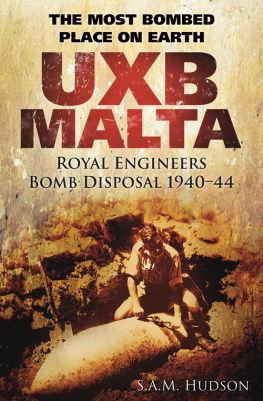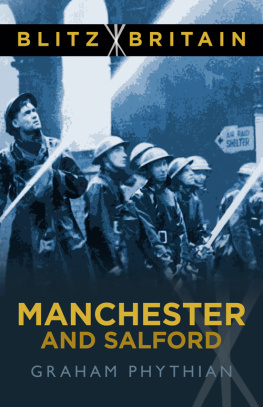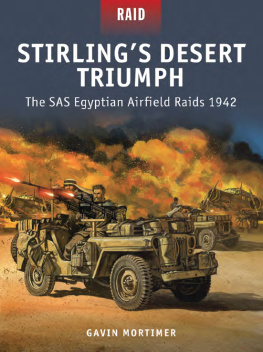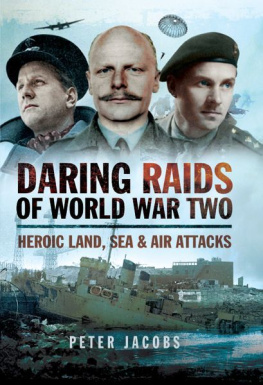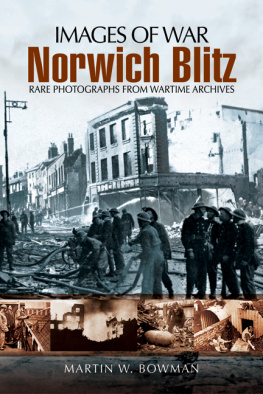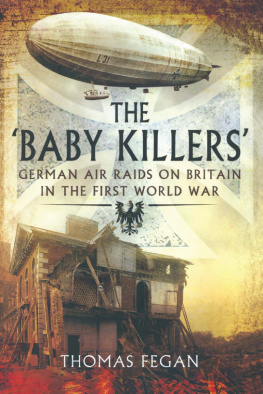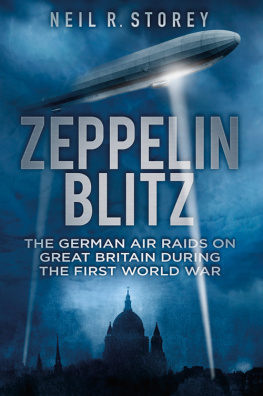First published in Great Britain in 2020 by
PEN & SWORD MILITARY
An imprint of
Pen & Sword Books Ltd
Yorkshire Philadelphia
Copyright Jan Gore 2020
ISBN 978-1-52674-513-2
eISBN 978-1-52674-514-9
Mobi ISBN 978-1-52674-515-6
The right of Jan Gore to be identified as Author of this work has been asserted by her in accordance with the Copyright, Designs and Patents Act 1988.
A CIP catalogue record for this book is available from the British Library
All rights reserved. No part of this book may be reproduced or transmitted in any form or by any means, electronic or mechanical including photocopying, recording or by any information storage and retrieval system, without permission from the Publisher in writing.
Pen & Sword Books Ltd incorporates the imprints of Pen & Sword Archaeology, Atlas, Aviation, Battleground, Discovery, Family History, History, Maritime, Military, Naval, Politics, Social History, Transport, True Crime, Claymore Press, Frontline Books, Praetorian Press, Seaforth Publishing and White Owl
For a complete list of Pen & Sword titles please contact
PEN & SWORD BOOKS LTD
47 Church Street, Barnsley, South Yorkshire, S70 2AS, England
E-mail:
Website: www.pen-and-sword.co.uk
Or
PEN AND SWORD BOOKS
1950 Lawrence Rd, Havertown, PA 19083, USA
E-mail:
Website: www.penandswordbooks.com
List of Plates
The cathedral burning, Lbeck 1942.
The broken bells of St Marys Church, Lbeck. During the raid the church bells fell nearly 400ft to the ground. They have been left where they fell in the south tower as a peace memorial; they lie in a shattered heap, partially melted.
From a Ministry of Home Security poster (artist Dennis Pearse). The advice is to rush up and get away quickly.
How to assemble an Anderson shelter: this shows the various parts and is taken from the 1939 Home Office instructions.
How to put up your Morrison shelter, including how to use it as a table.
This Morrison shelter saved the lives of those at 57 Chatsworth Terrace as it survived the York raid more or less intact.
Eric Jarrolds experiences as a civil defence messenger. He was barely fifteen at the time of the Norwich Blitz. A page from his scrapbook, including items from the Eastern Daily Press .
Eric Jarrolds memories of his journey to school after the raid.
Willi Schludecker took part in many of the Baedeker raids, including two of those on Bath.
A Bath street, almost impassable after Blitz damage.
This plaque tells the story of when the Labour Exchange was bombed and is a memorial to all those who died in the Bath Baedeker raids. The shrapnel damage is clearly visible.
This shows Willi Schludeckers log for the period 1627 April 1942, which includes two raids on Exeter on 23 and 24 April, the first two raids on Bath on 25 and 26 April, plus an abortive Bath raid on 27 April, and the first raid on Norwich on 27 April.
This shows the next page of Willi Schludeckers log. It starts with the York Baedeker raid and includes the Exeter Blitz of 4 May, as well as a raid on Norwich on 8 May.
This page includes the first raid on Canterbury on 1 June.
On 27 June Willi Schludecker took part in the fire raid on Norwich, the last of the Baedeker raids.
Twenty-eight of the thirty-one people sheltering here in a communal shelter were killed.
The new Bath Blitz memorial at Roseberry Road, showing a list of some of the victims of the Roseberry Road shelter disaster.
View of the Bath Blitz damage.
Stan and Queenie Mears were twins and had a joint wedding to Doll Oliver and Charles Tift on Christmas Day 1937. The photograph shows in the front row, left to right: Irene Dabin, Stan Mears, Doll Mears (ne Oliver), Queenie Mears, Charles Tift, unknown bridesmaid, Vic Dabin, Ted Dabin. By 1942 the Mears/ Tift families were living in Canterbury with their small children and three other members of the Mears family; Stan Mears and Charles Tift were away on active service. All eight of the family died in the raid of 1 June.
This plaque was unveiled on 1 June 1992 by the Lord Mayor of Canterbury to commemorate the 50th anniversary of the Baedeker raid. The clock tower is all that remains of the church after the Canterbury Blitz.
This public shelter in Dane John Gardens, Canterbury, runs back under the city walls and could accommodate several hundred people.
The Dean of Canterbury, Dr Hewlett Johnson, surveys the ruins of the bombed cathedral.
Canterbury: St Georges Street after the attack on 1 June 1942.
The clock and tower are the only elements remaining of the bombed church seen in the previous photo.
View of Exeter Cathedral, with the rubble cleared away.
Looking towards Exeter Cathedral.
The effect of a direct hit. Damaged house after the Exeter Blitz.
Although the cathedral survived the raids, it suffered significant damage.
Marian Haskins, aged seven. She lost both her parents and several other family members in a raid on St Sidwells Avenue; at least eight people died there. The memories of that night remained with her for the rest of her life.
Survivors picking their way over the rubble in Paris Street.
A painting of the Blitz by city postman A.D. Portch. Wippells in the High Street is on fire as a result of incendiary bombs.
A replacement for the Blitz fountain, this is now located at the back of Princesshay.
A map of where the high-explosive bombs fell on Norwich in April 1942.
This plaque is now in Scholars Court, Norwich and is in the communal garden. It shows the famous V for Victory salute. Original location and stonemason unknown.
The memorial garden in Earlham Road Cemetery, where many of the Baedeker victims are buried.
Eric Jarrold mentioned one of his schoolmates had been a casualty of the raid. A boy, Alan Waters, was killed with all his family [his mother and two elder sisters] on Helena Road when a row of houses were demolished. He had been in the same school year as Eric at City of Norwich School. Until I left school in July 1943 I believe he was the only member [of CNS] who died.
Damage in Oak Street.
The Bar Convents East Wing on Nunnery Lane. Five nuns died in this incident.
The stations metalwork had been damaged in the raid; this shows platforms 13.
The remains of 19 and 21 Nunthorpe Grove after the air raid. Five people died in this area.
A fireman trying to damp down the blaze in the Guildhall, York.
The Princess Royal surveys the bomb damage. On the right is Edna Annie Crichton, Mayor of York. She had been furious when press coverage stated York Minster had survived the raid as she felt this amounted to an invitation for the Luftwaffe to return; she wrote in the strongest terms to Brendan Bracken, the Minister of Information.
Station Foreman William Milner, a keen first-aider, went to help others trapped in damaged buildings but the following morning was found dead nearby; he was still clutching his first-aid bag.


